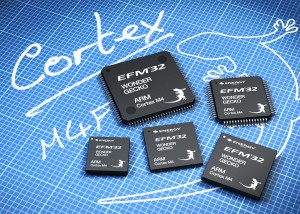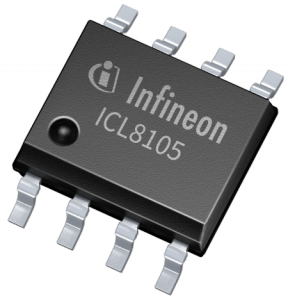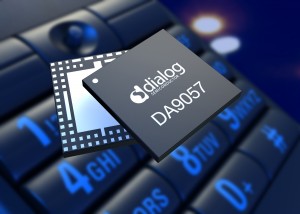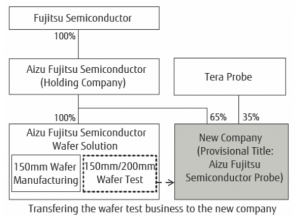Ninety percent of businesses had security breaches in the last year, warns Ed Vaizey, Minister for the Digital Economy.
Vaizey urges businesses across the country to protect themselves by taking up the Government’s Cyber Essentials scheme.

Digital Economy Minister Ed Vaizey
Whilst businesses are reaping the benefits of operating online and now earn £1 in every £5 from the Internet, cyber attacks are now considered a serious threat to UK businesses. The latest figures reveal that 74% of small businesses, and 90% of major businesses, has had a cyber breach of security in the last year.
Vaizey says that more than 1,000 businesses have now adopted Cyber Essentials – the UK Government’s scheme which protects businesses against the most common threats on the Internet. Intel Security is among the firms who have recently achieved Cyber Essentials certification.
Vaizey has also announced a £500,000 fund to help universities and colleges develop innovative teaching and learning to provide the cyber security skills needed to protect the UK now and in
“Good cyber security underpins the entire digital economy,” says Vaizey, “we need it to keep our businesses, citizens and public services safe. The UK is a world leader in the use of digital technologies but we also need to be a world leader in cyber security. Trust and confidence in UK online security is crucial for consumers, businesses and investors. We want to make the UK the safest place in the world to do business online and Cyber Essentials is a great and simple way firms can protect themselves.”
Since launching the National Cyber Security Programme in 2011, Government has invested £860m to protect and promote the UK. Based on analysis by GCHQ which showed how cyber criminals were exploiting basics weaknesses in company IT systems, Cyber Essentials sets out five technical controls which will protect firms against the majority of internet threats, like viruses, malware and hacking.
Other initiatives include a voucher scheme offering micro, small and medium sized businesses up to £5,000 for specialist advice to boost their cyber security and protect new business ideas and intellectual property.
The firms already adopting Cyber Essentials include household names like Vodafone and Barclays and as well as FTSE100 companies including National Grid, GlaxoSmithKline, Standard Chartered Bank, Aberdeen Asset Management and Babcock International.
In order to develop innovative projects to improve cyber security teaching and learning, the Government is setting up a £500,000 fund, which will be administered through the Higher Education Academy.
Academic institutions can apply for up to £80,000, which must be match-funded by the institution and must generate real-world impact across the discipline. The new fund will ensure higher education students get high quality, innovative teaching giving them the skills to protect UK businesses and Government against cyber attacks.
david manners






